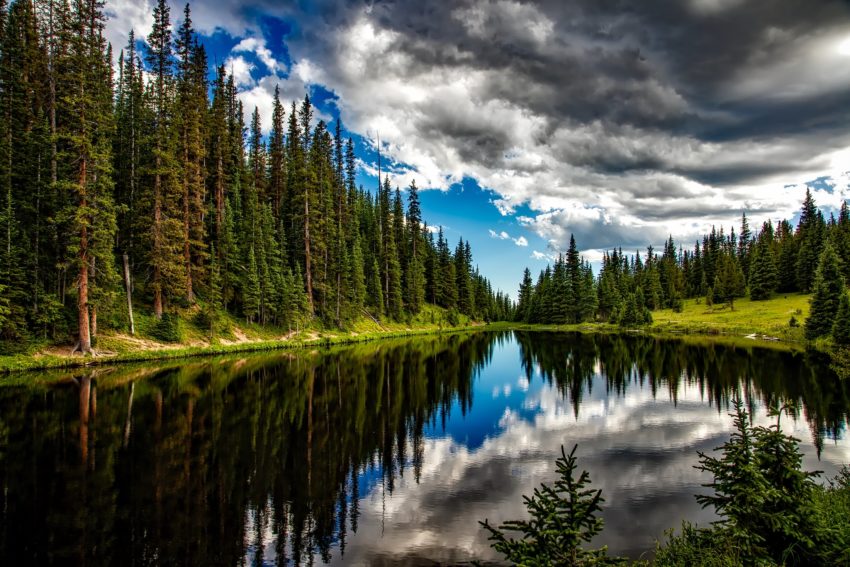Fresh produce is always a challenge on the boat. What many of us boaters forget about are wild edibles that we hike past everyday! People have been foraging wild edibles for ages, it’s just something that has been forgotten as we’ve become accustom to provisioning at grocery stores.
Growing up camping and hiking you learn some of the basics, the plants that you walk by that you can munch on along the way. It’s not until you look into wild food for more adventures backpack camping that most people start to learn what you can survive if needed.
Information on wild edibles is becoming more common. Whether you are preparing for backpacking adventure, a boating trip, or simply looking at the forgotten free food in your backyard, there is an increasing amount of information online.
I suggest you start with the basics before jumping in to wild mushroom picking, it takes time to learn what is edible and what can be fatal. Similar to picking oysters and clams, you need to learn the safe way to pick land wild edibles.
Dandelions

Dandelions can be the bane of your existence in your backyard. That weed that grows, flowers and then sends seeds to further spread amongst your yard. While this can be super aggravating, dandelions are actually edible!
Obviously I don’t recommend picking the dandelions alongside a walking path that tends to get get stepped on regularly, but pick somewhere a little more protected. Dandelions are best when they are younger, essentially the new growth. The more established dandelions are edible, I would just switch to how you use them.
Dandelions are a great addition to any salad, or the more mature dandelions in a stir-fry.
Calytonia Perfoliata

Clayton Perfoliata, also known as miners lettuce is one of my favourites. Miners lettuce is more of a spring plant, blooming in April and May.
Miners lettuce is really versatile, add it to your salad, use it in a stir-fry, or top off a buddha bowl with it. As you begin to learn what’s edible, you can build your own wild version of a spring mix salad!
Unlike dandelions, I find picking miners lettuce of any size great for all the same dishes.
Red Huckleberries

I learned about huckleberries from a young age through camping. Huckleberries were that great little pop of red juicy goodness that I could pick in August on camping trips.
Having grownup picking huckleberries I had a fine eye for knowing exactly what they looked like. The first time I picked one during a summer boating trip while on a hike my husband was not happy. He wasn’t familiar with huckleberries and was quite sure I had just happily popped a poisonous berry into my month.
Huckleberries are a great little snack to pop in your mouth, and would be a great addition to any salad.
Stinging Nettles

Yes, stinging nettle is something that we’ve all been warned about to stay away from. But, if you’re wearing gloves, stinging nettles are a great wild edible to harvest!
Unlike some edibles like dandelions, there’s definitely some do’s and don’ts with stinging nettles. Stinging nettles need to be cooked/blanched to climate the whole stinging aspect.
How often have you hiked past stinging nettle while out on the boat? Now, instead of saying “oh no, stay away”, no you get to say “shall we do a nettle puree with our steak tonight?”. Hey, if you’re feeling like putting in a little more effort you can make cocktails!
If you’re out on a long cruise and run low on beer, try making Stinging Nettle Beer. Many of us boaters enjoy a fun challenge of trying to out cuisine each other. Now, next time why not serve your boat made apple crisp with boat made stinging nettle beer.
Chickweed

Chickweed, also known as Stellaria Media have great leaves high in vitamin C and A. The leaves can be added to a salad, or used like spinach in a quiche or stir-fry. For those days you’ve found a can of coconut milk and want a curry, now you may be able to find some chickweed to throw in it.
Lamb’s Quarters

Also known as goosefoot, lamb’s quarters can be used like spinach. Goosefoot does contain levels of oxalic acid, so over-consuming it raw it’s advised. Adding some to your wild salad mix, or to your curry, this again is another great option when you’re out on a long boat trip.
Before you eat any wild plant, make sure you are 100% confident you know what it is and it’s not poisonous. If you’re new to wild edibles, there are lots of resources out there. Here’s some ideas for how to get started:
- If you have a friend that already does this, have them mentor you.
- Buy a book. It can’t replace a mentor, but it’s a good field guide.
- Take a course. With wild edibles growing in popularity, courses may be available in your area.
Perception is everything! Now instead of avoiding plants, and complaining about “weeds”, you’re taking your dinner options on the boat to a whole new level!
